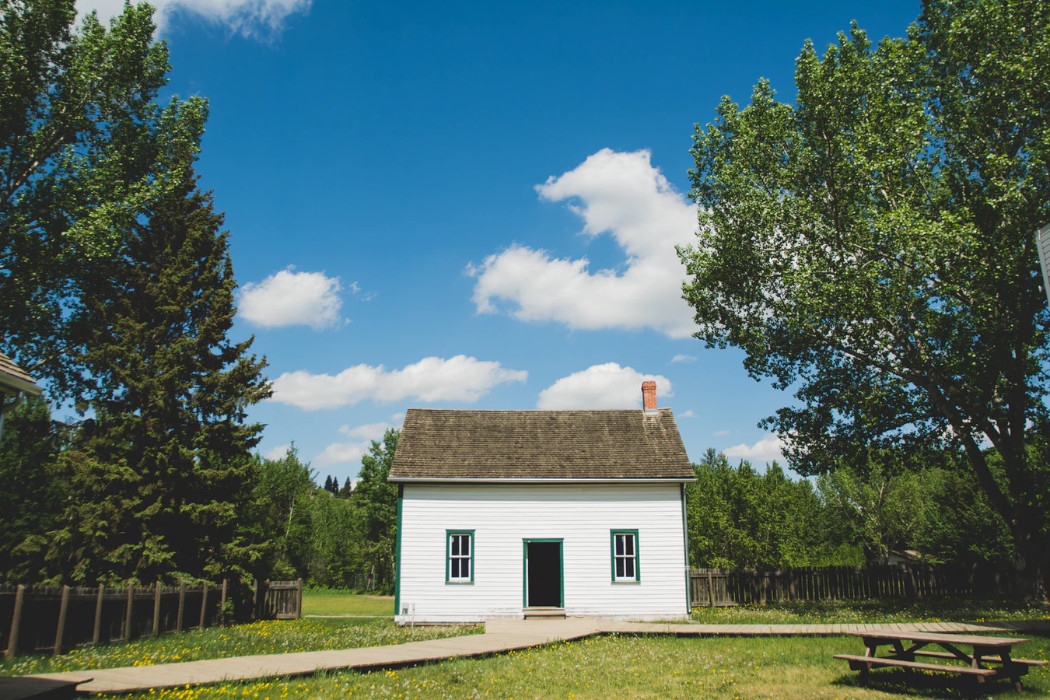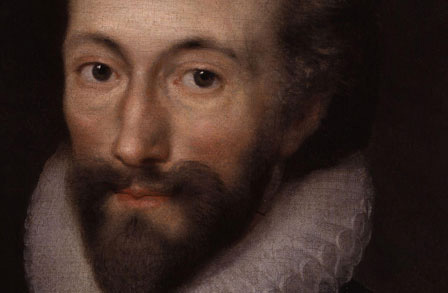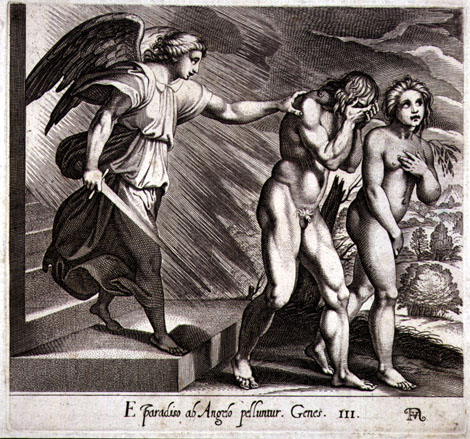“Pied Beauty” By Gerald Manley Hopkins is essentially a modern hymn that celebrates God’s fathering of Nature. What gives this poem its energy is not just its sprung paeonic rhythm and succinct sound-sculpturing; but a strong religious fervor which is internalized within every word and sound of the poem.
Gerald Manley Hopkins – the priest and the poet always had to battle a conflict between his poetic sensibilities and religious commitment. This created a schism in his personality which is most conspicuous in A Habit of Perfection. Keeping this is in mind, Pied Beauty becomes a very important religious poem of his because in it we see the perfect marriage of poetic excitement and religious fervor such that instead of having what Bridges called “a naked encounter”, they properly fuse within the single matrix of the poem. In Pied Beauty, Hopkins’ exaltation in the sensuous beauties of nature is a means to the end that is glorification of God.
The pious strain of the poem becomes palpable when we notice that the movement of the poem takes place between St. Ignatius’ mottoes “To the greater glory of God (Ad majoren Dei Gloriam)” and “Praise be to God Always (Laus deo Semper)”, making this poem a lesson for the readers in the Jesuit manner. Through the first three words – “Glory be to God” Hopkins implies an imperative. It is as if the poet is saying that recognition of God’s greatness is an imperative for a fulfilling existence. The hard “G” and the following deep open vowels, release a rush of spiritual excitement that goes on to unload a treasure of “dappled things”. By the dint of his religious fervor, Hopkins shows how the glory of God is present in everything that constitutes Nature – from something as cosmic and infinite as the “skies of couple-color” to trivial creations such as a “brinded cow”. Through the color scheme of “rose-moles all in stipple upon trout that swim; fresh firecoal chestnut falls; finches’ wings”, Hopkins sheds light upon the creative fecundity of God. Hopkins’ devotion comes forth as he bows down to God’s aesthetic greatness that gives Nature every touch of its beauty. It is worth noting here that Hopkins’ reveling in nature here is different from that of the Romantics in the sense that it is less sensuous and more theological.
Hopkins’ unflinching devotion works as a re-affirmation of faith, all the more needed in his Victorian times when Man’s belief in religion and God had received a blow owing to scientific progress and Industrial Revolution. As a true disciple of God, Hopkins very neatly negates the effect of Darwin’s theory of evolution by attributing to God’s creative powers the whole process of evolution and progress and civilization. This vital feat is achieved by the poet through one panoramic sentence – “Landscape plotted and pieced – fold, fallow, and plough; And all trades, their gear and tackle and trim”. Here Hopkins sings God’s glory by showing that civilization could only advance because God provided the raw materials for the same. Next Hopkins brings together a cluster of binaries one after another and forges from these seething dichotomies a single sublime conclusion – the unassailable greatness of God:
Whatever is fickle, freckled (who knows how?)
With swift, slow; sweet, sour, addazle, dim;
He fathers-forth whose beauty is past change.
It is only the religious fervor of a priest that can find in the diverse facets of the world in terms of shape, brightness, taste and so on, the “Immutable Beauty” of God by showing how Providence has been the point of genesis for everything.
We all know that Hopkins tried to emulate in his writings through sound-play, inscape – the particularized beauty of an object or its essence, a lot like Plato’s form. The under-current of creative energy that gave an object its inscape was termed instress. Hopkins often attributed to God the forces of instress which held the world together. The priestly poet’s religious fervor finds beautiful translation in Pied Beauty in the way he has tried to dramatize God’s Kinetic energy that flows through the universe in his poem through poetic devices such as heightened language, alliteration, assonance, inward rhyming and so on, giving this praise sonnet a sort of virility. Hopkins makes us aware of the dynamic creative forces of God that are always at work, and in turn his surrender to God’s greatness as we read the poem.
It has been said that Art has as its ultimate object the playing of a priestly role, to sanctify nature and lead it back to God. The religious fervor of the Christian artist Hopkins gives to silent creation a voice and to the Creator, praise.
Some online learning platforms provide certifications, while others are designed to simply grow your skills in your personal and professional life. Including Masterclass and Coursera, here are our recommendations for the best online learning platforms you can sign up for today.
The 7 Best Online Learning Platforms of 2022
- Best Overall: Coursera
- Best for Niche Topics: Udemy
- Best for Creative Fields: Skillshare
- Best for Celebrity Lessons: MasterClass
- Best for STEM: EdX
- Best for Career Building: Udacity
- Best for Data Learning: Pluralsight
















